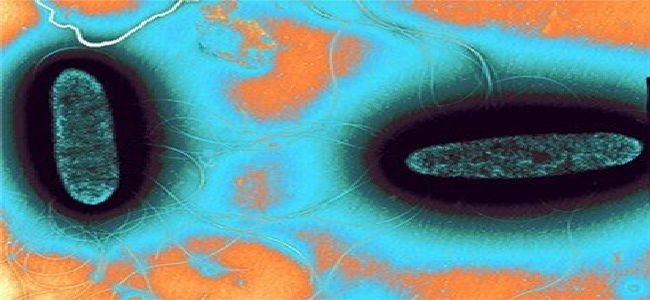Research to unravel blackleg and nematode interactions in potato crops
Published: 4 September 2020
Scientists from the University of Glasgow and partner organisations are working to understand the interactions between pathogen Pectobacterium atrosepticum and an array of soil-microbe-crop interactions in the development of blackleg, one of the most damaging bacterial plant diseases in the UK, responsible for annual losses of £50m for the potato industry.
Scientists from across the University of Glasgow and partner organisations are working to understand the interactions between pathogen Pectobacterium atrosepticum and an array of soil-microbe-crop interactions in the development of blackleg, one of the most damaging bacterial plant diseases in the UK, responsible for annual losses of £50m for the potato industry.

The issue is at the heart of a £2m research project funded by the Biotechnology and Biological Sciences Research Council (BBSRC), Natural Environment Research Council (NERC), Defra and Scottish Government, led by the James Hutton Institute and also featuring researchers from NIAB-CUF, the universities of Dundee, Durham, Newcastle and Strathclyde, industry partners Bayer Crop Science, SA Consulting, Scottish Agronomy, SoilEssentials and Scottish Government through SASA.
The University of Glasgow team involves a new multi-disciplinary collaboration between Joel Milner (School of Life Sciences and Institute of Molecular, Cell & Systems Biology), Umer Zeeshan Ijaz (School of Engineering) and Barbara Mable (Institute of Biodiversity, Animal Health & Comparative Medicine).
The work packages led by Glasgow are focused on investigating the role of microbial communities in the risk and mitigation of important bacterial diseases of crops, such as blackleg. Specifically, they will investigate how agricultural practices (such as irrigation and use of cover crops) affect the composition of the microbiome associated with roots and whether manipulation of bacterial communities could be used to reduce disease risks.
Barbara Mable said: “We are creating a postdoctoral position associated with this exciting project, which will involve exceptionally broad training, including molecular biology, microbiology and cutting-edge bioinformatic approaches to quantifying microbial community dynamics. There will also be a unique opportunity to work directly with agricultural practitioners to directly inform management strategies.”
Project leader Professor Ian Toth, from the James Hutton Institute’s Cell and Molecular Sciences department, believes scientists have the possibility of making a step change in the way blackleg is managed. He said: “Blackleg that appears in a ware crop may not necessarily be due to the contaminated seed, but to infection directly from the environment; something that could be managed at a local level rather than just with the seed producer.”
Previous research has shown that when free-living nematodes are present in soil, a significant increase of blackleg-causing bacteria occurs in the stems of potato plants, highlighting an important association between these two groups of organisms.
He added: “Currently there is a knowledge gap in the management of blackleg, and we wish to address it by characterising the identity and distribution of free-living nematodes but also microbial communities, and the ways in which they associate and interact with the blackleg pathogen through changes in factors such as irrigation and use of cover crops.
“We also want to identify how and where on the plant infection takes place, and whether the management of nematodes or use of biocontrol agents derived from changing microbial communities might help to reduce blackleg infection.”
Recent modelling using the Scottish Government’s in-house potato inspections database shows that blackleg incidence on a national scale does not occur randomly, but in clusters.
Using data generated from this project, an extensive array of data from other recent and historical investigations and the latest data from government and industry, another aim is to identify trends and drivers of blackleg incidence in both space and time and, through this, produce predictive models to support the development of a set of decision support tools for growers.
“Through further testing, we will quantify the predicted effects of climate change on future blackleg incidence in association with free-living nematodes, cover crops and a range of other factors including soil moisture and planting and harvest dates, thus providing the industry with robust and novel data to underpin their sector resilience planning,” Prof Toth added.
The project Building a Decision Support Tool for Blackleg (DeS-BL) will run from 2020 to 2023 and more information can be found on Scotland's Plant Health Centre website.
Enquiries: ali.howard@glasgow.ac.uk or elizabeth.mcmeekin@glasgow.ac.uk / 0141 330 6557 or 0141 330 4831
First published: 4 September 2020
<< September

